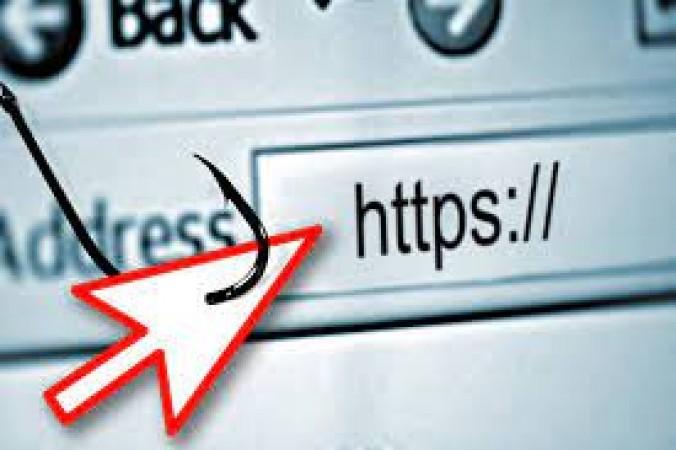
In today's digital age, the internet is a vast and dynamic landscape filled with websites catering to various needs. While most websites are legitimate and trustworthy, there's also an increasing number of fake websites that aim to deceive and defraud users. A wrong click on a fake website can lead to significant problems, including financial loss and data breaches. In this guide, we will walk you through essential strategies to determine whether a website is real or fake, helping you navigate the online world safely.
Before delving into the methods of identifying fake websites, it's crucial to comprehend why distinguishing between real and fake websites is of paramount importance:
Your personal data is valuable, and fake websites often attempt to collect it for malicious purposes. Recognizing fake websites is the first step in safeguarding your sensitive information.
Fake websites are frequently used to perpetrate financial scams, including fake online stores or investment platforms. Identifying these scams can save you from losing your hard-earned money.
Fake websites can infect your device with malware or trick you into revealing login credentials through phishing. Being able to spot fake websites helps you steer clear of these threats.
Accidentally sharing or endorsing fake websites can harm your online reputation. Knowing how to identify fake websites allows you to protect your digital image.
Let's start by outlining the characteristics of a genuine website:
A real website typically uses HTTPS, indicated by a padlock icon in the address bar. This signifies that data transmission between your device and the website is encrypted and secure.
Legitimate websites invest in professional web design. Look for a well-structured layout, clear navigation, and high-quality images and content.
Genuine websites provide contact information, including a physical address and a customer support email or phone number. Verify this information's legitimacy.
Many trustworthy websites display trust seals or security badges, such as Norton or McAfee, to indicate their commitment to security.
Check if the website has a transparent privacy policy that outlines how they handle your data. Avoid websites with vague or nonexistent privacy policies.
Now, let's explore the telltale signs of fake websites:
Carefully examine the website's URL. Fake websites often use misspelled domain names or domains that imitate well-known brands.
Fake websites may exhibit sloppy design, low-quality images, and poorly written content with numerous grammar and spelling errors.
A significant red flag is the absence of clear contact information. Fake websites often avoid providing any means of communication.
Be cautious of websites offering deals that seem too good to be true. Scammers often lure victims with unbelievably low prices.
Legitimate websites offer various payment options. Fake websites may restrict you to a single, suspicious payment method.
To further ensure a website's authenticity, consider these steps:
Look for user reviews and ratings on independent review platforms. Genuine websites often have a history of positive feedback.
Several online tools and browser extensions can help identify fake websites by analyzing their reputation and security.
Avoid clicking on pop-up ads or links in unsolicited emails. These are common tactics used to redirect users to fake websites. In the digital age, knowing how to distinguish a real website from a fake one is a skill that can protect you from various online threats. By paying attention to the signs mentioned in this guide and conducting due diligence, you can surf the internet with confidence, safeguarding your personal information and financial well-being. Remember, a wrong click can lead to significant problems, but with the right knowledge, you can navigate the online world safely.
Four Actions Millennial Men Can Take to Improve Their Fertility